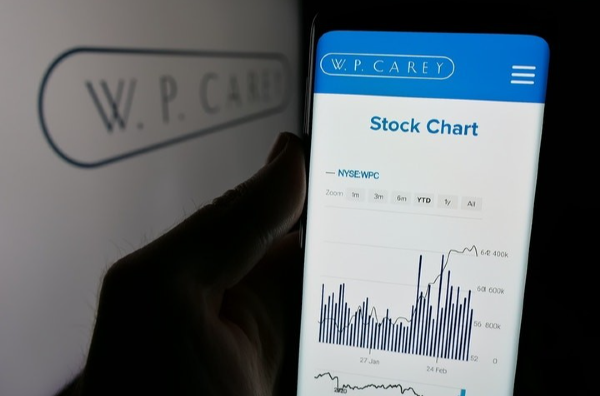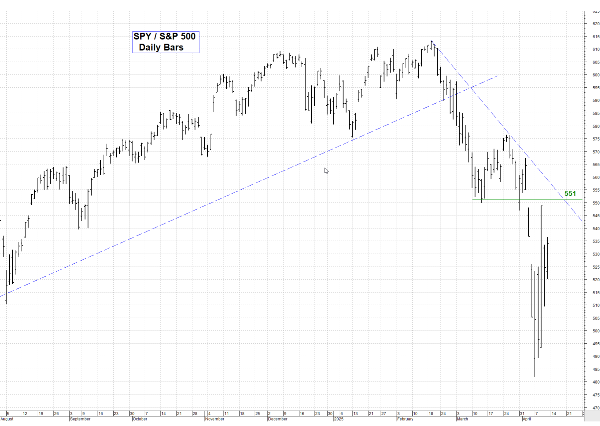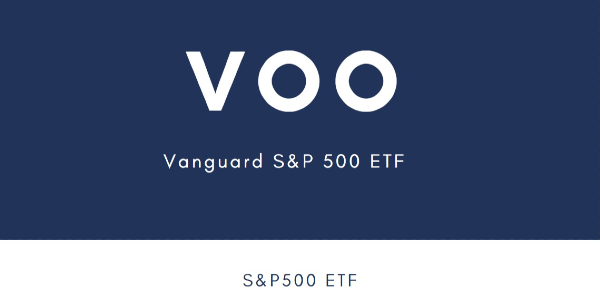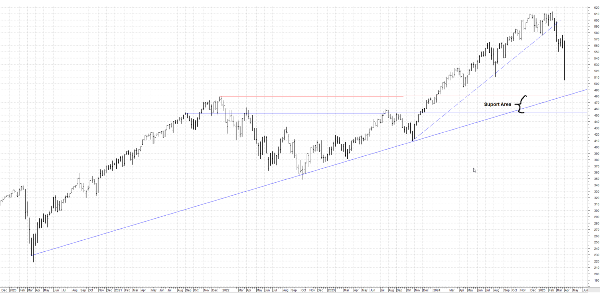Overview
The stock market has faced headwinds recently, yet W. P. Carey (NYSE: WPC) has experienced a surprising year-to-date stock price increase of 16%. Given the broader market's struggles, this performance draws attention, especially when WPC’s recent earnings report reveals mixed results. Despite a significant miss on Funds From Operations (FFO), the company has shown resilience and transformation, setting the stage for investors to take notice.
Recent Earnings: Revenue and Challenges
In the most recent earnings report, WPC presented a mixed picture. Revenue edged up quarter-over-quarter, but it was slightly down year-over-year. While net income appeared to decline, this was due to one-off gains from real estate sales last year. Adjusting for these anomalies, net income was higher, showcasing underlying strength.
On the downside:
- Earnings Per Share (EPS) saw a notable decrease.
- FFO, a key metric for real estate investment trusts (REITs), was down year-over-year but exhibited quarter-over-quarter improvement.
- Adjusted FFO (AFFO) posted modest gains, indicating some positive momentum.
W. P. Carey’s Portfolio and Structure
The structure of WPC’s portfolio underscores its stability and growth potential:
- Properties: Over 1,550, spread across 355 locations.
- Geographic Reach: North America accounts for 67% of revenue, while Europe contributes 33%, highlighting international expansion.
- Lease Metrics: A weighted average lease term of 12.3 years and a robust occupancy rate of 98.6% are strong indicators of operational efficiency.
- Tenant Distribution: The top 10 tenants account for only 19.3% of total annualized base rent (ABR), mitigating risk concentration. The largest tenant, Extra Space Storage, represents just 2.7% of ABR.
By sector, industrial properties dominate at 36%, followed by warehouses at 27%, making up over half of WPC’s portfolio. These segments show strong promise for future growth.
Valuation and Metrics
WPC currently trades with a Price-to-FFO ratio of around 14.38, suggesting undervaluation in some respects. However, a deeper dive reveals complexities:
- Revenue: Long-term revenue growth is stable, though it has recently plateaued. Projections indicate mid-single-digit growth, with higher expectations from 2027 onward.
- Debt: With $8 billion in debt and only $640 million in cash, WPC's leverage remains a point of concern.
- Return Metrics: Return on Assets (2.6%) and Return on Invested Capital (3.2%) are modest but slightly improving.
Dividend Insights
WPC’s 5.8% dividend yield is attractive, but it comes with a caveat. The dividend was recently cut as part of strategic restructuring, though the company has resumed incremental increases. With a payout ratio of 73%, the dividend appears sustainable, but consistent growth in free cash flow will be vital.
Historical Returns and Price Targets
WPC's historical performance shows divergence compared to the broader market. Over the past five years, the S&P 500 outperformed significantly, with a 150% return versus WPC’s 40% (including dividends). However, on shorter timeframes, WPC has occasionally outshone the index.
Based on discounted cash flow (DCF) valuations:
- Low Target: $44
- Mid Target: $57
- High Target: $74
With a current stock price around $62-$63, WPC appears overvalued relative to its mid target.
Conclusion: A Stock in Transition
WPC stands out as a REIT making significant changes to its business model. While the company shows promise in areas like tenant diversification and sector focus, concerns over consistent FFO and free cash flow growth linger. For now, WPC may not be the best opportunity in the REIT space, but it is worth monitoring for future developments.
https://youtu.be/5X_K45ZKlWI?si=4NBgHpczriJRL2Tk






























Overview
The stock market has faced headwinds recently, yet W. P. Carey (NYSE: WPC) has experienced a surprising year-to-date stock price increase of 16%. Given the broader market's struggles, this performance draws attention, especially when WPC’s recent earnings report reveals mixed results. Despite a significant miss on Funds From Operations (FFO), the company has shown resilience and transformation, setting the stage for investors to take notice.
Recent Earnings: Revenue and Challenges
In the most recent earnings report, WPC presented a mixed picture. Revenue edged up quarter-over-quarter, but it was slightly down year-over-year. While net income appeared to decline, this was due to one-off gains from real estate sales last year. Adjusting for these anomalies, net income was higher, showcasing underlying strength.
On the downside:
W. P. Carey’s Portfolio and Structure
The structure of WPC’s portfolio underscores its stability and growth potential:
By sector, industrial properties dominate at 36%, followed by warehouses at 27%, making up over half of WPC’s portfolio. These segments show strong promise for future growth.
Valuation and Metrics
WPC currently trades with a Price-to-FFO ratio of around 14.38, suggesting undervaluation in some respects. However, a deeper dive reveals complexities:
Dividend Insights
WPC’s 5.8% dividend yield is attractive, but it comes with a caveat. The dividend was recently cut as part of strategic restructuring, though the company has resumed incremental increases. With a payout ratio of 73%, the dividend appears sustainable, but consistent growth in free cash flow will be vital.
Historical Returns and Price Targets
WPC's historical performance shows divergence compared to the broader market. Over the past five years, the S&P 500 outperformed significantly, with a 150% return versus WPC’s 40% (including dividends). However, on shorter timeframes, WPC has occasionally outshone the index.
Based on discounted cash flow (DCF) valuations:
With a current stock price around $62-$63, WPC appears overvalued relative to its mid target.
Conclusion: A Stock in Transition
WPC stands out as a REIT making significant changes to its business model. While the company shows promise in areas like tenant diversification and sector focus, concerns over consistent FFO and free cash flow growth linger. For now, WPC may not be the best opportunity in the REIT space, but it is worth monitoring for future developments.
https://youtu.be/5X_K45ZKlWI?si=4NBgHpczriJRL2Tk